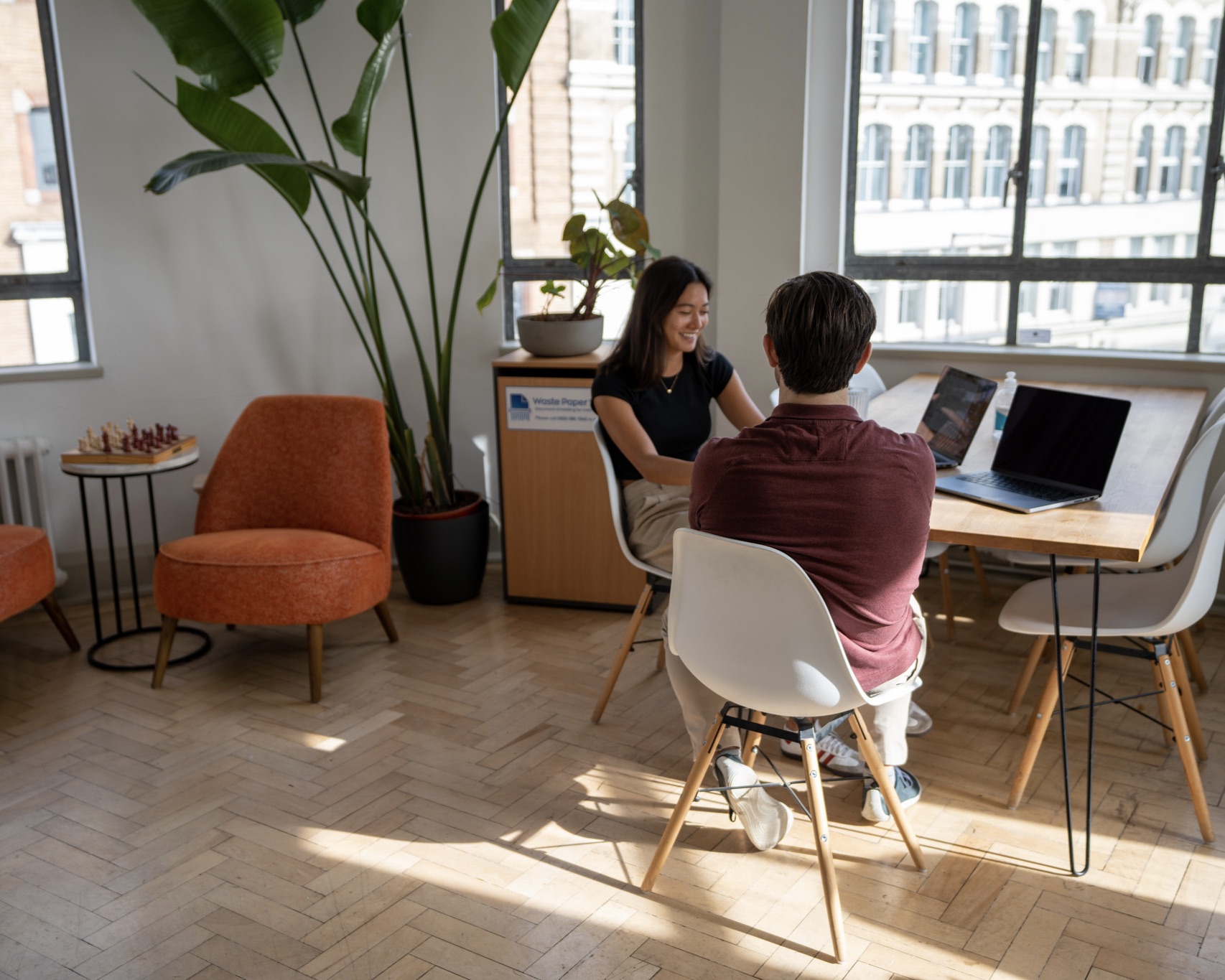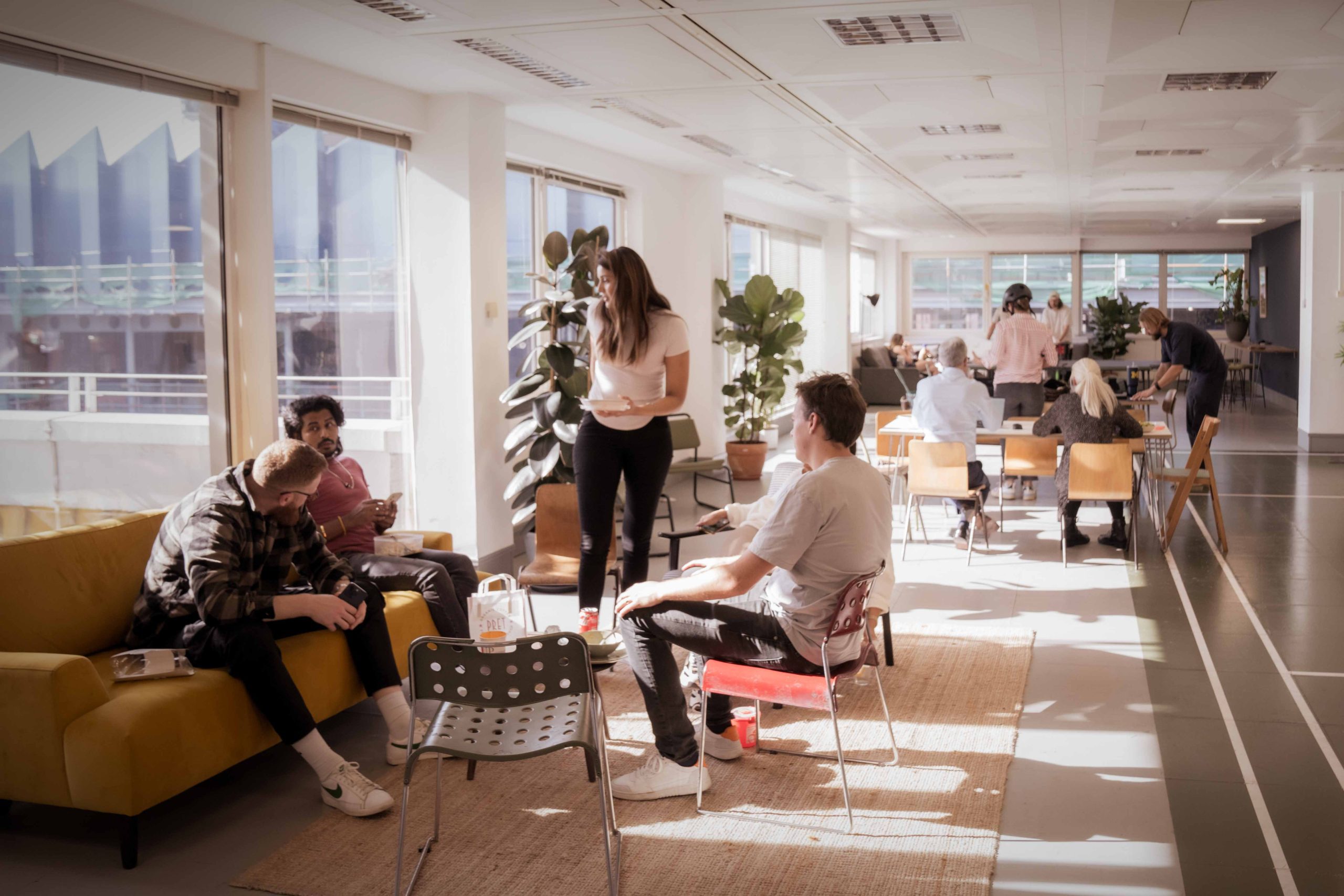REBUILDING THE OFFICE. PRE-COVID, POST-COVID AND FUTURE
Words by Charlie Gallienne-Schmidt
The workplace landscape has undergone a seismic shift in the wake of the COVID-19 pandemic. From the traditional office setup to remote work becoming the new normal, the way we view and utilise workspaces has changed. As we stand at the intersection of pre-COVID, post-COVID, and the future, coworking spaces have emerged as key players in the evolving narrative of the modern workplace.
Part 1: Pre-COVID Era – The Traditional Office
In the pre-COVID era, the office was synonymous with a physical space where employees gathered to collaborate, innovate, and conduct business. The traditional office was characterised by cubicles, boardrooms, water coolers, and a structured 9-to-5 routine. While this model served its purpose for decades, it was not without its challenges, including commuting stress, rigid schedules, and a lack of flexibility.


